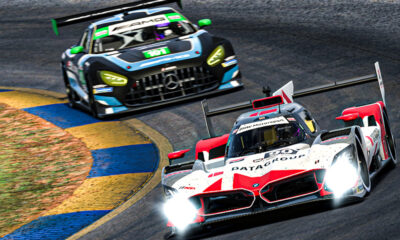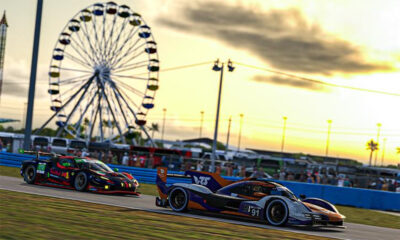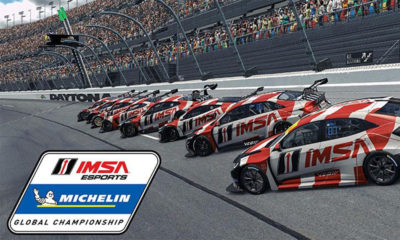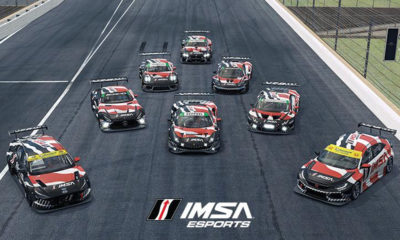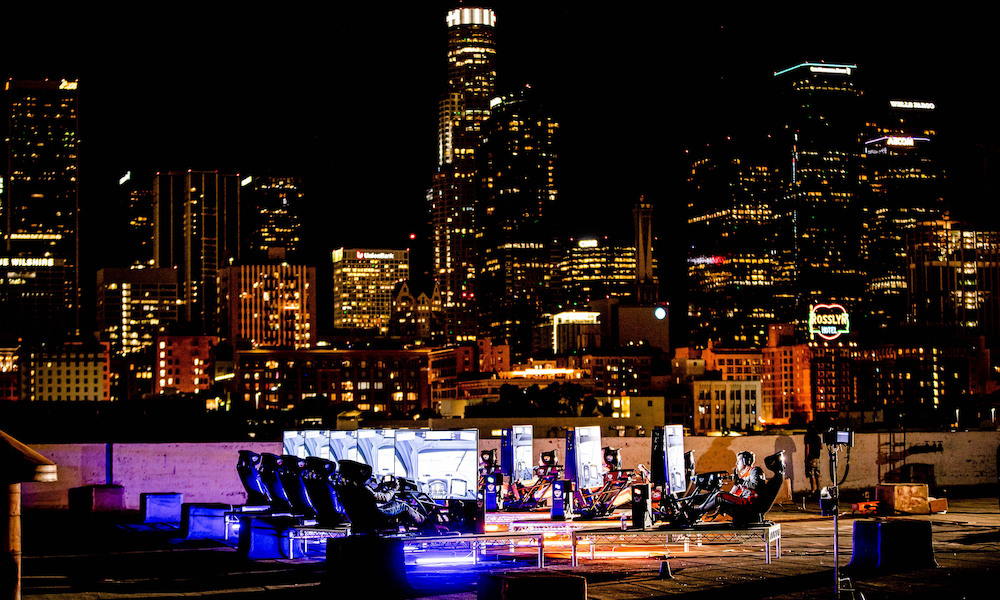
Photo: Sam Cobb
In 2006, GT Academy broke new ground by transforming the likes of Jann Mardenborough and Lucas Ordonez from PlayStation hobbyists into racing drivers.
The program ended after a decade and eight seasons, but not without giving a full grid’s worth of gamers the chance to forge lasting motorsport careers.
Despite concluding in 2016, GT Academy’s legacy has been resurrected in World’s Fastest Gamer (WFG), a new take on the gamer-to-racer concept also masterminded by now-Torque Esports President and CEO Darren Cox.
Spurred by the meteoric rise of sim racing and esports as professional disciplines, WFG streamlined the gamer-to-racer process by pitting an elite group of known talents against each other for the top prize.
Its first season resulted in Rudy van Buren signing a contract with the McLaren Formula 1 team to be its simulator development driver.
This year, the stakes were upped, with a real-world race seat available in SRO’s GT4 Europe Series that went to Britain’s James Baldwin. The full journey will soon be available as a reality-style television show.
World’s Fastest Gamer is probably one of the toughest motorsport competitions to win, for winning is only one part of the final criteria.
“It’s not just about going fast,” Cox tells Sportscar365. “It’s about the guy that’s the full package, just like in any race series. We learned a lot in 10 years of GT Academy.
“We did some good stuff and had some things we could learn from, and that’s all gone into this.”
The expectation has certainly piled the pressure on WFG’s judging panel, which this year was headed up by Formula 1 Grand Prix winners Rubens Barrichello and Juan Pablo Montoya.
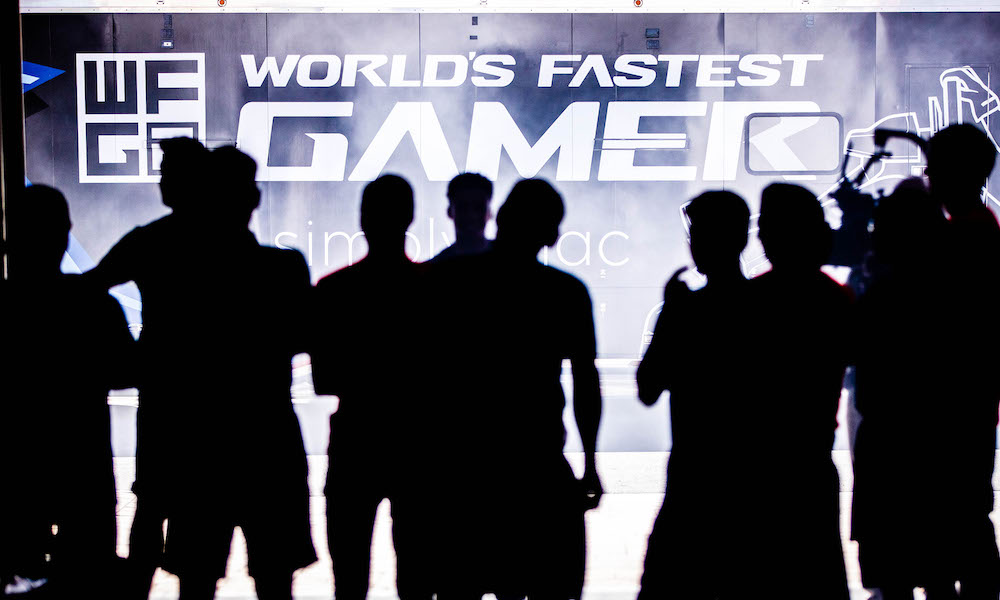
Photo: Sam Cobb
Redefining the Sim-to-Reality Process
The premise of WFG is familiar: a person who demonstrates outstanding ability behind the wheel of a sim will be offered a dream chance to drive a race car in real life.
What happens after that, is up to them.
But there are also several differences between WFG and its GT Academy forebear that, in some way, reflect just how legitimized sim racing has become in the 12 years between the first series of each competition.
Rather than coming from $300 belt-and-braces bedroom rigs, most of the 2019 intake is contracted with major esports teams such as Veloce and Red Bull, while a handful already have some real-life racing experience.
For example, there’s Mitchell de Jong, standing proudly under a Red Bull snapback, who is happy to reminisce about his times in Global Rallycross and his 2014 X Games gold medal win.
Other contestants include two ex-British junior single-seater competitors in Sebastian Job and eventual season two winner Baldwin.
But not all sim racers have had such experiences, and the WFG roster has reflected this: the most extreme case being Canada’s Riley Gerster, who qualified on an iPad.
This diversity is probably the most striking aspect of WFG, and is what sets it apart from GT Academy, which despite having a similar prize was marketed mainly at armchair racers.
“A lot of these guys are competing at the top level, but they go to an event in a dark space with a closed rig and it feels like what they’ve been doing at home, just with more people around,” explains Cox. “With this, they’re all out of their comfort zones.”
WFG also takes drivers from different platforms such as iRacing, rFactor, Forza Motorsport and Gran Turismo, the latter of which was the sole platform of GT Academy.
Cox reckons this approach wipes out the “tribalism” currently pervading the sim racing community.
“The insight is to see who is the best across all those games,” he says.
“Gran Turismo is very European and Japanese centric, and Forza is very North American, as is iRacing. We always wanted this to be global.”
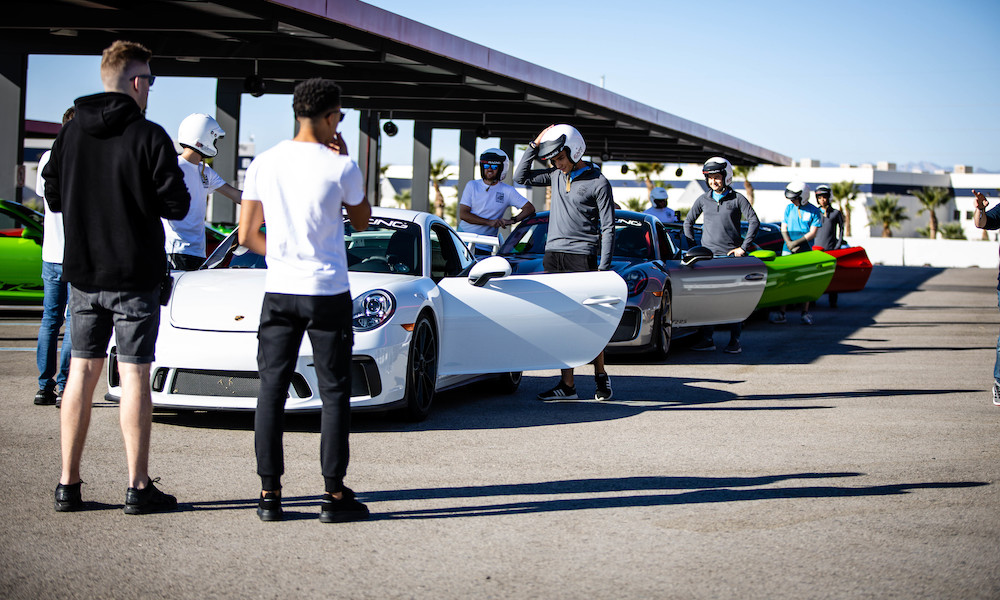
Photo: Sam Cobb
Going Up Against the Gamers
The first day of WFG season two took the ten contestants to the grounds of Las Vegas Motor Speedway, a landscape peppered with places to drive cars fast.
Sportscar365 was invited along, for a day of tasks that preceded a series of other challenges at Willow Springs, Thermal Club and WeatherTech Raceway Laguna Seca.
The Vegas testbed was the 1.2-mile Exotics Racing circuit: a short yet punchy road course mainly used for public supercar rides.
Since it introduced a few of the contestants to real-world driving, it presented a great opportunity to compare those arriving from the gamer background to someone else – a journalist – with limited sim experience.
Despite my limited resume in either form of performance driving, it didn’t take long to string together a push lap in the four-liter Porsche 911 GT3.
The most challenging aspect was the more delicate braking style I needed to adopt to carry enough momentum through each corner and make it out the other side.
In other supercars, like the McLaren 600LT which S365 reviewed last year, you can get away with (and are encouraged to) stab the brakes in a more typical racing-style attack, but the Porsche’s reliance on mid-corner speed means you can’t do that in a 911.
Over the seven corners, I mustered a fairly respectable lap time of 56.417 seconds. But even that paled in comparison to the 53.966 seconds registered by Project Cars specialist Kamil Pawlowski in the same car.
One of the competitors to arrive with zero race car experience and very limited time behind the wheel of real-life supercar machinery was iRacing champion Maximilian Benecke.
Between stints, Benecke – who was the only contestant lacking a real-world background to reach the grand final – explained why sim racers are just so much quicker than everyone else.
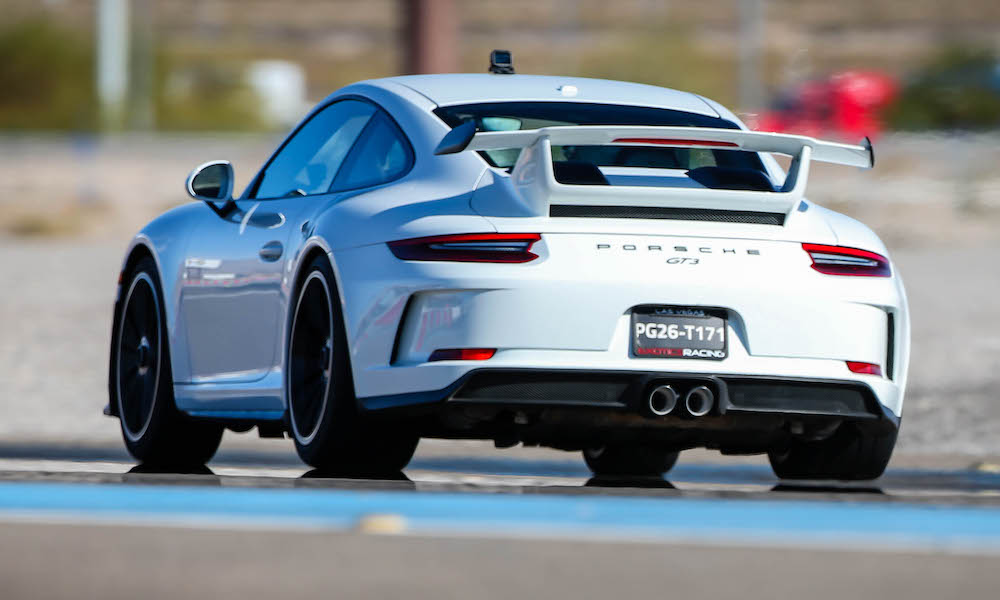
Photo: Sam Cobb
“If you feel something, you can counter-steer easily and you can go off and onto the throttle easily,” he said after setting a 52.204 aboard a Porsche 911 GT2 RS.
“On the sim, if you just feel it with your eyes and hear it with your ears, you only really have these two things to drive the car around the track.
“Here, in real-world driving, you have the feeling which makes it easier to drive the car.”
Benecke only had a short stint in the Porsche (a car hasn’t even driven in sim form) but nonetheless managed to find his feet quickly.
“I got 10 laps or so, but it was enough,” he said.
“The first lap was quite calm but once you get used to it with the braking points and references, it was amazing.
“The car was quite twitchy with the braking and turning points because of the rear engine. Once you get off the throttle, the car just tries to oversteer, so you have to counter-steer.
“Obviously [in real-life] you have the g-forces and the fear driving with you. You can be so much quicker than at the circuit, so we have an advantage there. Really though, the transition is quite easy.”
It was, in a word, remarkable to see just how quickly they managed to get up to speed in unfamiliar machinery.
But really, it shouldn’t have been surprising.
Most of the WFG contestants spend north of eight hours at their personal sim rigs each day, refining their skills and discovering new tenths.
They simply need to do this in order to keep themselves in the top percentile of drivers for their respective games, many of which have millions of players.
While the fundamentals of driving a car – sensing the machine through one’s body – are vastly different to the cranial demands of perfecting a sim that Benecke described, there are clear real-world benefits of being a top virtual racer, not least the pressure one needs to deal with.
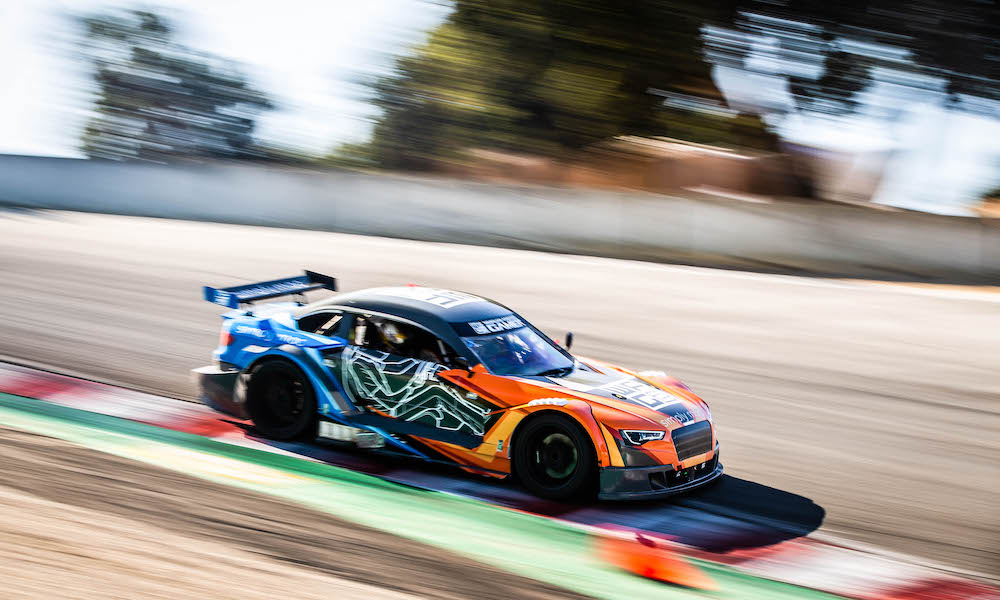
Photo: Sam Cobb
The Winner “Will Have His Work Cut Out”
While sim racing has enjoyed a meteoric rise, motorsport has also changed a lot since the first year of GT Academy (just think of the cars and series on the bill in 2006 that aren’t around anymore).
The current competitiveness of the various sports car classes around the world makes WFG’s prize drive in GT4 Europe much more than a simple reward.
While season one was more of a job interview, season two has been closer to a boot camp, but it’s needed to be that way because of the demands of racing for a full season.
“The GT4 championship is important,” says Cox. “Looking at it now, it’s pretty competitive, and we’ll have our work cut out there.
“When we did GT Academy initially, GT racing wasn’t in as rude health as it is today. You could go to Dubai 24 Hours, race in a GT4 car and be in the overall top 20.
“Now, you’re nowhere. The platform has changed so much. GT racing has gone onto another level, so the winner of this will definitely have his work cut out.”
Not only will Baldwin (an Assetto Corsa ace and 2019 Race of Champions esports winner) compete in GT4 next year with an as-yet-unassigned team, he is also set to appear in next year’s Total 24 Hours of Spa, mixing it with the world’s best GT3 drivers.
At face value, it’s a brilliant individual opportunity for a young driver to achieve a lifelong dream, but the prize is significant for another reason: WFG is as much about proving that sim racing, in general, is a worthy access route into motorsport.
It’s also true that even those who missed out on the season two prize can, and will, go on to have long-lasting, famous careers in sim competition, such is esports’ popularity.
The Jann Mardenboroughs and Lucas Ordonezes of the future are rising up to vie for the factory race seats of the future, and they’re a pretty promising bunch.


















